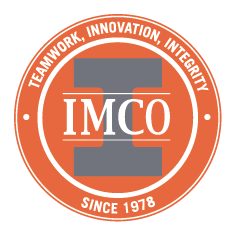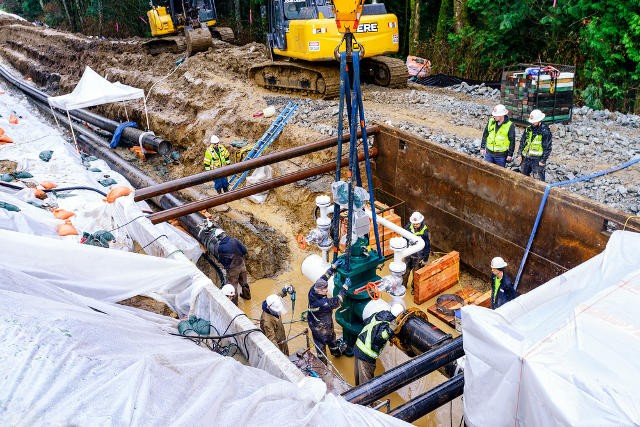Yesler Way Bridge Reconstruction Wins Renovation/Restoration Award
IMCO's Yesler Way Bridge Wins ENR Northwest's 2018 Best Projects Award
ENR Northwest article
A link to the full article can be found here.
"Built in 1910, the Yesler Way Bridge serves as one of Seattle’s oldest permanent steel roadway bridges. The $15-million rehabilitation of a bridge that carries 6,000 vehicles daily succeeded in adding safety and accessibility improvements without losing iconic historic design elements.
The project team seismically upgraded abutment walls—completely rebuilding one—and devised a new single-span superstructure. Crews also raised the north end of the bridge and created a splayed girder layout with a deck slab supported on girders. The project also preserved the bridge’s iconic outermost girders as well as railings, light fixtures and cast-iron column cladding.
“This was so much more than a bridge,” says Joyce Lem, who recently retired from HDR and served as the project’s structural engineer of record. “It was equivalent to disassembling, modernizing and reassembling a historic 3D jigsaw puzzle in heavy traffic. Today, most people are unaware of the changes to the bridge, which was precisely our goal.”
Amanda Tse, interagency project manager for the city of Seattle, says each of the “character-defining elements” were removed, refurbished and reinstalled. But that came with risk. “The condition of these elements could not be fully determined until we removed them, with extreme care, of course,” she says. “Each piece was then inspected, with its extent of deterioration documented, before customizing a repair procedure.”
When crews removed the outermost girder columns’ cladding, for example, they found severe corrosion on the structural steel columns that supported the bridge deck. Construction immediately stopped to support the girders with temporary shoring posts. Other construction tasks advanced while additional shoring was detailed, reviewed and constructed to verify the old bridge was safe and stable until it could be demolished.
The project also included identifying key historic features, assessing their relationship with the bridge structure and working with teams of preservation experts and designers to refurbish them. “Retaining the historic integrity of the bridge was crucial to project success,” Tse says."



